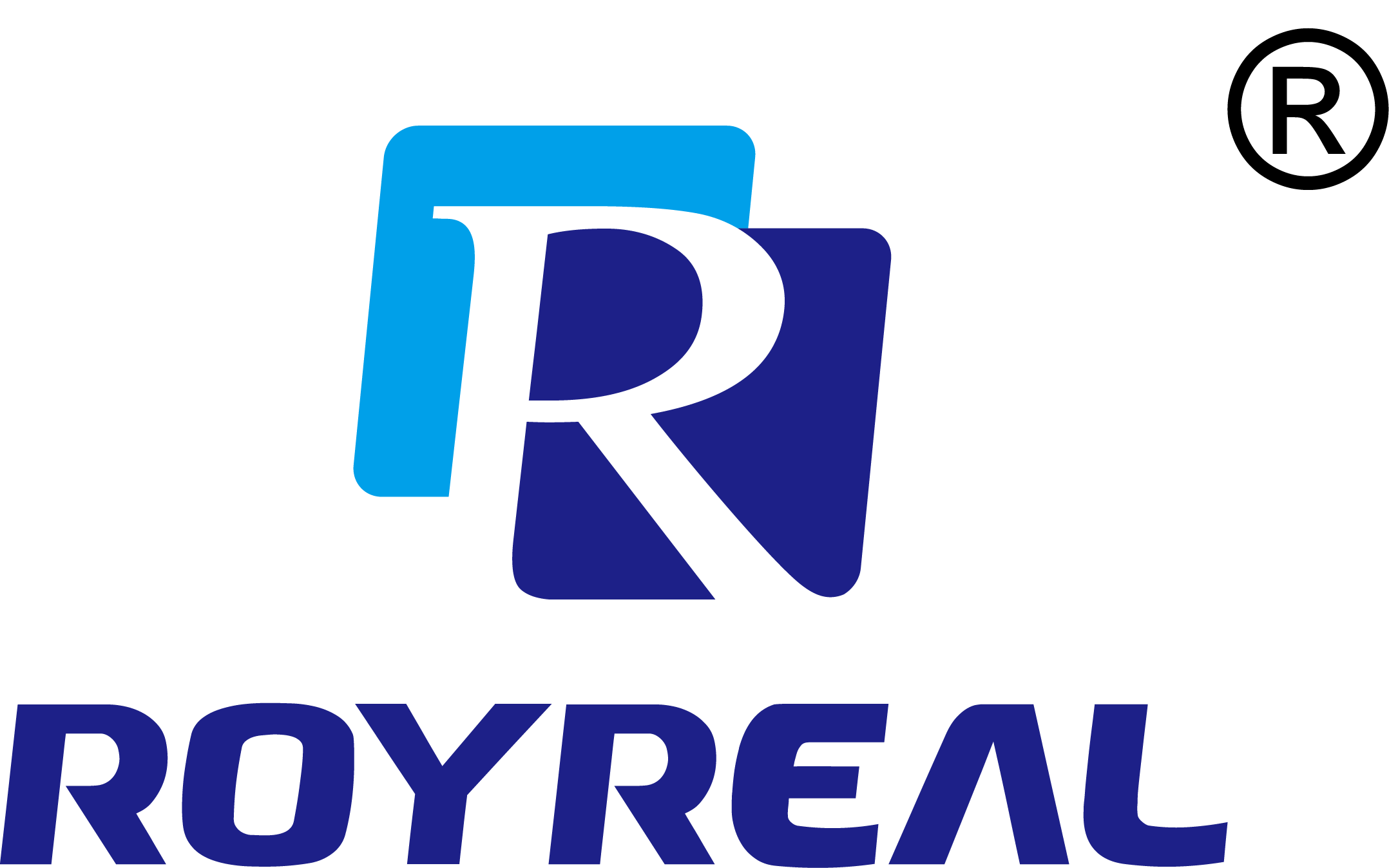Mastering the Calibration Process of Bell Provers: A Comprehensive Guide
Category: Industry News
Time:2024-12-09
# Introduction to Bell Provers
Bell provers are essential tools used in the field of instrumentation and calibration. These devices are used to accurately measure and calibrate the flow of gases in various industrial applications. Understanding the calibration process of bell provers is crucial for ensuring accurate measurements and optimal performance.
## What is Calibration?
Calibration is the process of comparing measurements of a device to a known standard to ensure accuracy. In the case of bell provers, calibration involves adjusting the device to accurately measure the flow of gases.
## Importance of Calibration
Accurate calibration of bell provers is essential for maintaining the precision and reliability of measurement instruments. Properly calibrated bell provers ensure that industrial processes are operating efficiently and safely.
# The Calibration Process of Bell Provers
The calibration process of bell provers involves several key steps to ensure accurate measurements and optimal performance. Let's explore each step in detail:
## Step 1: Inspection and Preparation
Before calibrating a bell prover, it is essential to inspect the device for any damage or wear. Make sure that all components are functioning correctly and that the prover is clean and free of debris.
## Step 2: Setting Up the Prover
Next, set up the bell prover in a controlled environment with stable temperature and pressure conditions. This is crucial for accurate calibration measurements.
## Step 3: Establishing Baseline Measurements
Once the prover is set up, establish baseline measurements by calibrating the device against a known standard. This will serve as a reference point for future calibration adjustments.
## Step 4: Adjusting Calibration Parameters
Based on the baseline measurements, adjust the calibration parameters of the bell prover to ensure accurate flow measurements. This may involve fine-tuning settings and making precise adjustments.
## Step 5: Verifying Accuracy
After making calibration adjustments, verify the accuracy of the bell prover by conducting multiple test runs. Compare the measurements to the known standard to ensure precision.
# FAQs about Bell Prover Calibration
## 1. Why is calibration important for bell provers?
Calibration ensures that bell provers provide accurate and reliable measurements, which are crucial for maintaining the integrity of industrial processes.
## 2. How often should bell provers be calibrated?
Bell provers should be calibrated regularly according to manufacturer guidelines to ensure accurate measurements.
## 3. What are the consequences of inaccurate calibration?
Inaccurate calibration of bell provers can lead to faulty measurements, which can result in inefficiencies and potential safety hazards in industrial processes.
## 4. Can bell provers be self-calibrated?
While some bell provers have self-calibration features, it is recommended to calibrate them using a known standard to ensure accuracy.
## 5. How can I find a reliable calibration service for bell provers?
Look for accredited calibration labs that specialize in bell prover calibration and have a track record of accuracy and reliability.
# Conclusion
Mastering the calibration process of bell provers is essential for maintaining accurate measurements and ensuring the efficiency and safety of industrial processes. By following the steps outlined in this guide and understanding the importance of calibration, you can optimize the performance of your bell prover and enhance the reliability of your measurements. Remember, accurate calibration is the key to success in the world of instrumentation and calibration.
Keywords:
 EN
EN RU
RU SP
SP
